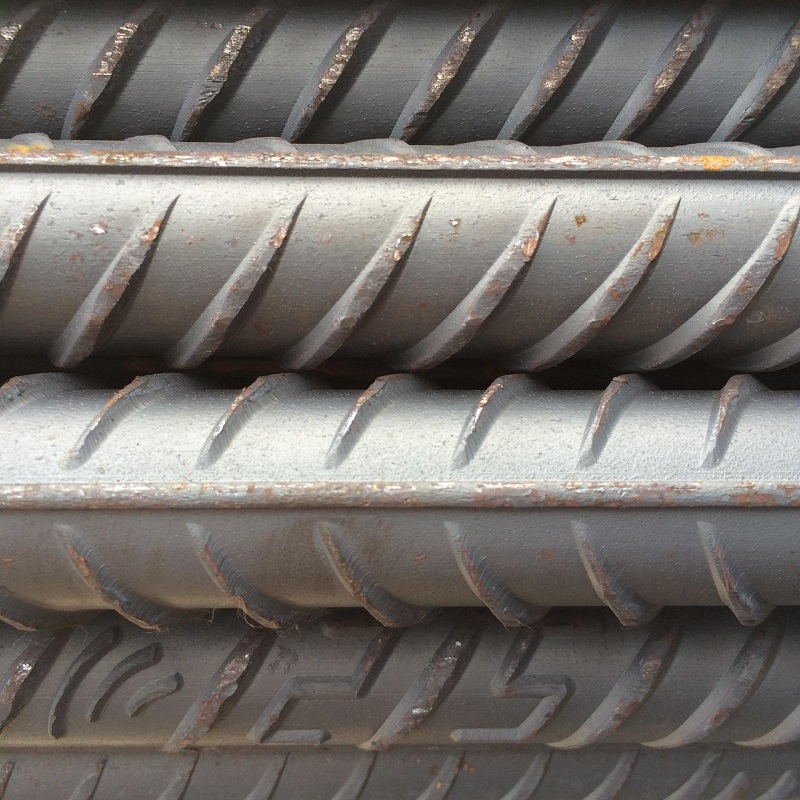Steel Rebar: A Key Material in Modern Building Structures

Rebar, also known as deformed steel bar, is a type of steel reinforcement with surface ribs that is widely used in reinforced concrete structures. Its unique ribbed design enhances the bond with concrete, making it an indispensable material in modern building structures. Common specifications of rebar, based on performance grade, include HRB335, HRB400, and HRB500, with diameters typically ranging from 6mm to 40mm and lengths of 9 or 12 meters, suitable for various strength and dimensional requirements in engineering projects.
In practical applications, rebar is extensively used in residential buildings, bridges, tunnels, high-rise structures, and hydraulic engineering projects. It offers excellent tensile strength, yield strength, and ductility, significantly improving the stability and seismic performance of buildings. Compared to plain round bars, rebar provides stronger anchorage, effectively preventing slippage within the concrete structure.
As urbanization accelerates and infrastructure development continues, the demand for rebar continues to rise. The growing focus on green and low-carbon buildings has also driven the development of high-strength, corrosion-resistant, and environmentally friendly rebar products, offering more sustainable material options for future construction projects. Steel manufacturers both in China and abroad are also upgrading toward intelligent production to improve capacity and product consistency, meeting the requirements of higher engineering standards.
The quality inspection process for rebar is rigorous and includes chemical composition analysis, tensile testing, bending testing, and dimensional checks. Products must comply with national standards (such as GB1499.2) or relevant international standards to ensure stable performance under complex conditions. For high-end projects, additional tests such as weldability and fatigue resistance may also be required to guarantee long-term safety and reliability.
In conclusion, rebar plays a vital role as a core material in reinforced concrete structures and modern building construction. With ongoing technological advancements and increasingly diversified engineering demands, its development prospects remain strong.
